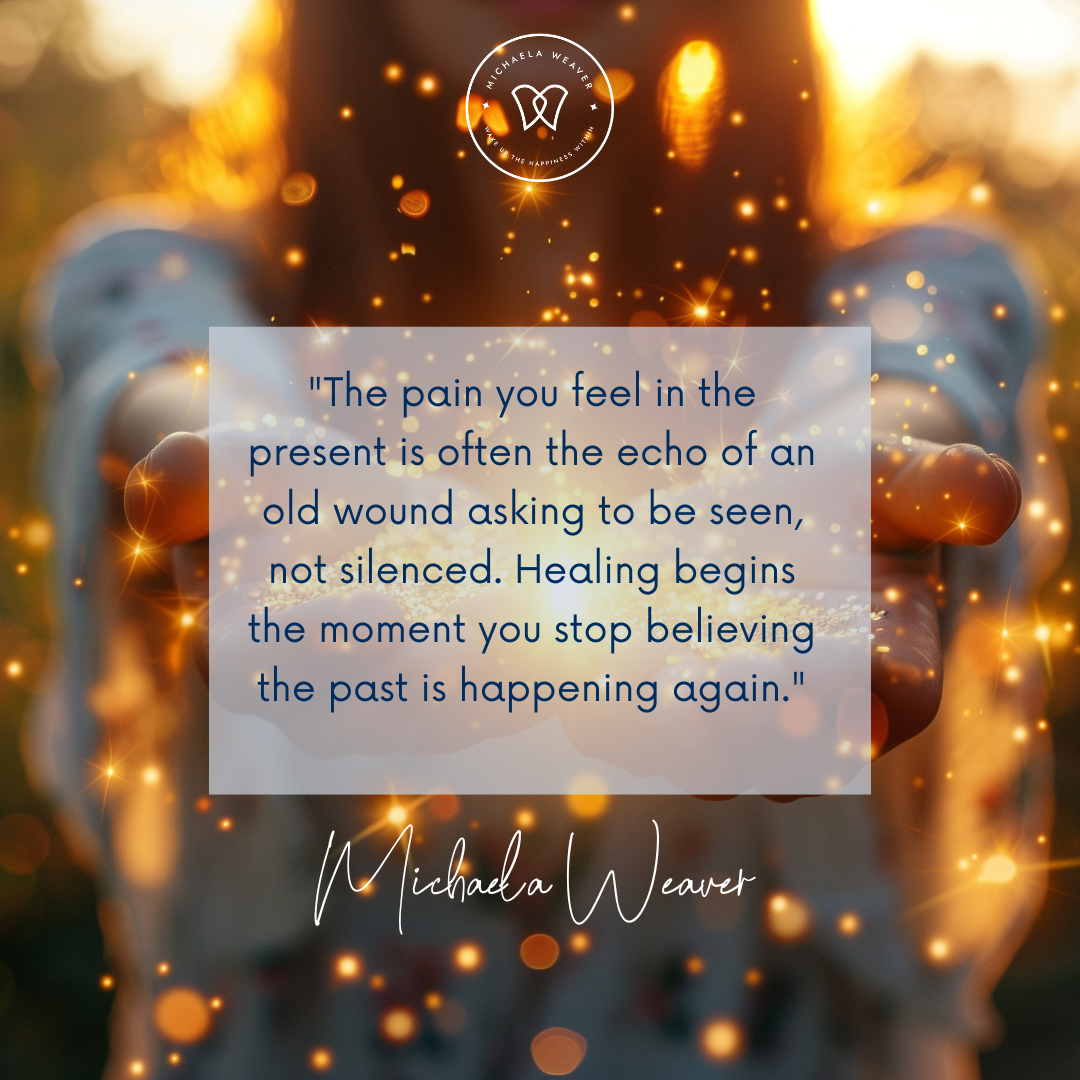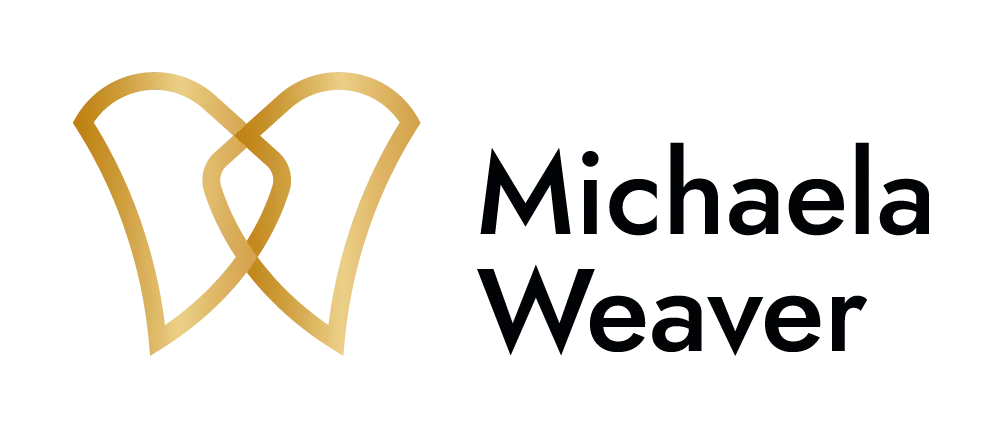
How to Break Free from Emotional Reactions
How to Break Free from Emotional Reactions
The Hidden Roots of Your Triggers: How to Break Free from Emotional Reactions
Introduction: Why Do We Get Triggered?
Have you ever found yourself reacting strongly to something that, on the surface, seems small? Maybe a casual comment from a friend stings in a way that feels disproportionate. Or an innocent request from your partner suddenly ignites frustration. These moments, when emotions flare up unexpectedly, are known as triggers.
Triggers are not about the present moment—they are echoes of the past. They arise when an experience touches an unresolved wound within us, a belief we’ve carried for years without even realizing it. And until we recognize these hidden roots, we remain trapped in reactive patterns, unknowingly allowing our past to shape our present.
This blog will take you on a journey into the depths of your subconscious, helping you uncover the real reasons behind your emotional triggers. You’ll learn how to navigate them with awareness, break free from old conditioning, and reclaim your power.
What Is an Emotional Trigger?
An emotional trigger is anything—words, actions, situations, or even a look—that provokes an intense emotional reaction within you. It’s not the event itself that creates the response but the deeper meaning your mind has assigned to it, based on past experiences.
Some common triggers include:
Feeling dismissed or ignored → May stem from childhood experiences of not feeling heard.
Being criticized → Could trigger old wounds of not being ‘good enough.’
Someone setting a boundary with you → Might activate feelings of rejection or abandonment.
Seeing others succeed → Could bring up buried beliefs of inadequacy or failure.
The mind continuously scans for patterns, trying to make sense of the present by referencing the past. If it detects anything resembling a past wound, it fires off an emotional response—often before you even have time to think.

The Hidden Roots: How Triggers Are Formed
Triggers don’t appear out of nowhere. They are deeply embedded in our subconscious, usually formed in early life. Understanding their origins is key to dissolving them.
Midlife Triggers: A Call to Deeper Healing
For women in midlife, triggers often emerge around profound life transitions—an empty nest, the aging or loss of parents, shifts in career or financial stability, divorce, or a changing sense of identity. These moments can feel overwhelming, stirring deep emotions that may seem disproportionate to the present situation. But beneath the surface, they often reflect deeper patterns formed in childhood—abandonment wounds resurfacing as children leave home, fears of inadequacy arising as careers shift, or unresolved grief emerging as parents age or pass away. When these transitions trigger old pain, they are not signs of failure or weakness. They are invitations—opportunities to look inward, meet yourself with compassion, and release what no longer serves you. Instead of resisting the discomfort, what if you saw it as a portal to profound freedom?
1. Childhood Conditioning
Much of our emotional landscape is shaped in childhood. If you grew up in an environment where love and validation were conditional, you may have developed beliefs such as:
“I have to be perfect to be loved.”
“My needs don’t matter.”
“If I speak up, I’ll be rejected.”
When something in the present moment challenges these beliefs—such as receiving feedback at work or a friend canceling plans—you may unconsciously relive those early experiences, reacting from a place of fear or pain.
2. Cultural and Societal Conditioning
The world around us conditions us to believe certain things about ourselves and our worth. Women, in particular, are often conditioned to be people-pleasers, caregivers, and ‘good girls.’ This can make it difficult to set boundaries or say ‘no’ without feeling guilty.
If you’ve internalized the message that your value comes from how much you give, then any situation where you prioritize yourself may trigger feelings of selfishness or shame—even when you’re simply taking care of yourself.
3. Past Trauma and Unprocessed Pain
Unresolved trauma, whether big or small, leaves emotional imprints. If you experienced betrayal, abandonment, or deep hurt in the past, situations that resemble those wounds—no matter how distantly—can trigger a disproportionate response.
For example:
If a past relationship left you feeling unworthy, you may overreact to any sign of distance from a partner, fearing abandonment.
If you grew up with overly critical parents, constructive feedback at work may trigger feelings of shame or failure.
Recognizing that your reaction is tied to past pain, rather than the current situation, is a powerful step toward healing.
How to Work Through Emotional Triggers
Now that you understand why triggers happen, how can you move beyond them? The goal isn’t to suppress emotions but to observe, understand, and release them.
1. Notice the Trigger Without Judgment
The moment you feel a strong emotional reaction rising, pause. Instead of getting caught in the story your mind is creating, simply notice:
Where do I feel this in my body?
What emotion is present? (Anger, sadness, fear, shame?)
What thought is running through my mind?
Approach it with curiosity rather than self-criticism. Triggers are not flaws—they are invitations to heal.
2. Ask Yourself: What Is This Really About?
Most of the time, our emotional reactions are not about the present moment. They are about something deeper that is being stirred within us.
Try asking yourself:
What does this remind me of?
Have I felt this way before, in a different situation?
What belief about myself is being activated?
For example, if being ignored by a friend makes you disproportionately upset, ask yourself: What does this remind me of? You may realize that as a child, you often felt invisible or unimportant. That wound is being touched again in the present.
3. Shift from Reaction to Response
When we react unconsciously, we give away our power. But when we pause, reflect, and choose how we respond, we reclaim it.
Some simple ways to ground yourself when triggered:
Breathe deeply to create space between stimulus and response.
Place a hand on your heart to remind yourself that you are safe.
Use a mantra like “This is old, not now” to separate past from present.
By shifting from reaction to conscious response, you begin to break free from old conditioning.
4. Reframe the Story
One of the most powerful ways to work through triggers is to challenge the belief behind them.
If your trigger tells you:
“I’m not good enough,” replace it with “I am inherently worthy, regardless of external validation.”
“I am being abandoned,” replace it with “I am safe, and I am enough on my own.”
“I must please everyone,” replace it with “My needs matter, too.”
Rewiring the mind takes practice, but the more you challenge limiting beliefs, the weaker they become.
5. See Triggers as Portals to Freedom
Instead of fearing your triggers, begin to see them as guides. They are showing you exactly where your wounds are, giving you an opportunity to heal them for good.
With each trigger you work through, you become less reactive, more grounded, and more free. You stop living on autopilot, dictated by past pain, and start consciously creating the life you truly desire.
Conclusion: Moving Beyond the Past
Triggers are not a sign that something is wrong with you. They are an opportunity to release what no longer serves you and step into a greater sense of inner peace.
Each time you pause instead of react, question instead of assume, and choose presence over past conditioning, you reclaim your power.
The journey to healing is not about erasing emotions—it’s about befriending them. It’s about learning to hold space for yourself with compassion, so you no longer need the world to do it for you.
You are not your triggers. You are the awareness behind them.
Take the Next Step
Your journey home to your true, self is one of the most rewarding paths you can take. Don't let the complexities and frustrations of going it alone hold you back. Embrace the support and guidance you deserve.
Book your Happiness Activation Call with me today and take the first step towards awakening to your true self. Together, we can navigate this transformative journey and unlock the freedom, joy, and happiness that await you.
Schedule Your Call Now: Book Here
Remember, you are not alone. I am here to support you every step of the way. Let's awaken to life together.
With love and light,
Michaela Weaver
Spiritual Coach and Psychotherapist
TEDx Speaker and Best-Selling Author



Youtube
Facebook
Instagram